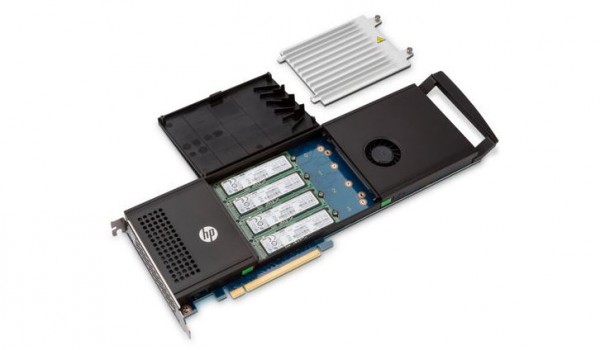That is not the question. An add-in adaptor card has zero to do with being able to boot from a device. That is entirely down to UEFI* support, and any OROM present on the device you're trying to boot.
An adaptor will not magically allow you to boot an NVMe SSD on a system without NVMe support in UEFI, and any PCIe-to-M.2 adaptor will allow you to boot on a system with NVMe support. It is simply a passive electrical adaptor.
*No legacy BIOS to my knowledge is able to boot from an NVMe device.
Wrong on two points. Or I should say, mostly right but there are two important exceptions.
I am writing this note on a Win10 installation installed on an M.2 NVMe drive plugged in to a legacy BIOS motherboard I bought in 2010. The trick is to buy a Samsung 950 Pro. Samsung went through extra effort to make this -- and only this -- generation of SSDs bootable on legacy BIOS.
I have both the preceding Samsung SM951 and following Samsung 960 Pro, installed on the same system as Storage Spaces RAID0. Neither one can boot on this motherboard. And the former as AHCI, so NVMe has nothing to do with it, it's all about the option ROM apparently. And Windows 10 is running Samsung's NVMe driver after boot, so there is also no problem with legacy BIOS taking full advantage of the NVMe protocol, since the BIOS is not involved in drive communication post-boot. The benchmarks I've run show the drives all preforming very well up to the limit of the motherboard's PCIe gen 2.0 speed ceiling.
A 950 Pro isn't quite the fastest drive in the world, but it is extremely fast even by today's standards, and if you are upgrading a legacy machine with one, it is probably the fastest single + boot drive performance possible for you and you should be happy to have it.

Further, there is actually one possible trick you can pull to boot *any* M.2 drive on a legacy mb -- by using a Clover UEFI USB boot drive. I wasn't able to get it to work on my mb, but it may work on yours:
http://www.insanelymac.com/forum/to...ash-with-macos-distr-under-windows/?p=2522798
Secondly, yes no basic M.2 adapter card will change a drive's bootability; but that doesn't mean cards "have nothing to do with it". RAID add-in-cards provide bootability on-board, independent of what drives are plugged in to them. I haven't looked at availability of such cards recently, but as of a year ago Highpoint was promising a family of such cards; if they are not available by now I would think it is just a matter of (short) time. Plugging a single M.2 into such a board would indeed convert a recent drive into being bootable on legacy BIOS, provided the RAID card itself isn't UEFI-only.










